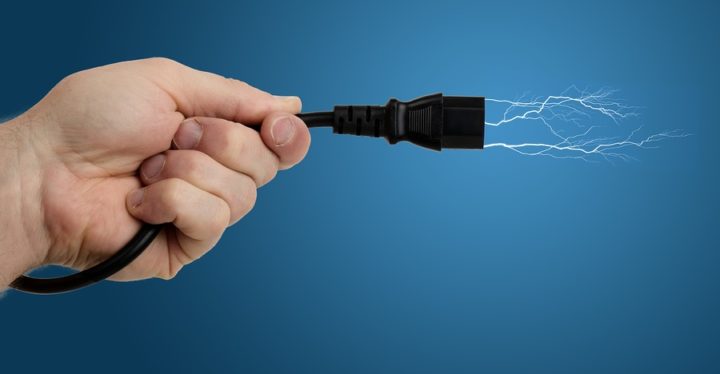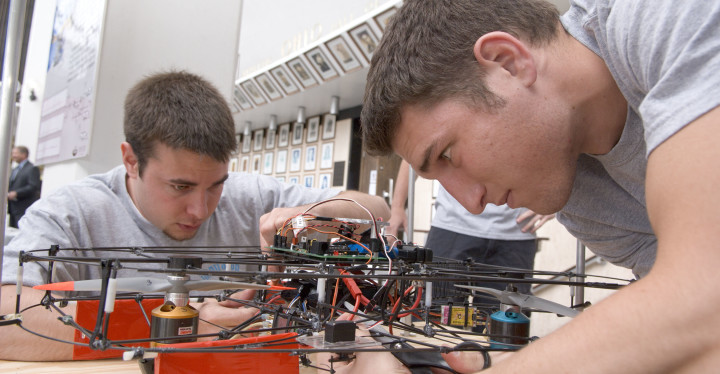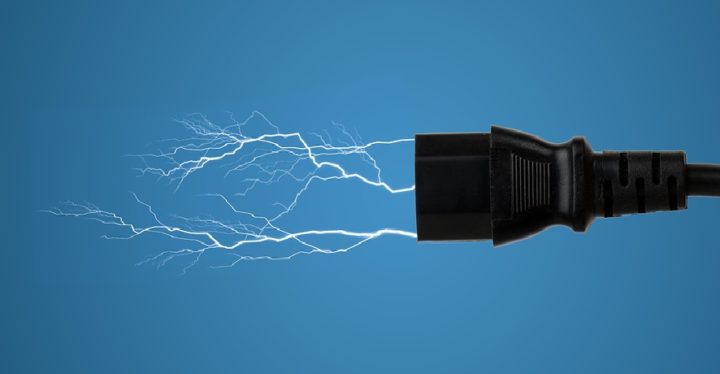In 2010, SAE International launched its Wireless Power Transfer (WPT) task force for light duty EVs and PHEVs for the purpose of standardizing both the vehicle and ground assembly infrastructure to enable commercialization. The task force, chaired by Jesse Schneider (BMW), published its first document SAE TIR J2954 on May 31st, 2016 called “Wireless Power Transfer for Light-Duty Plug-In/ Electric Vehicles and Alignment Methodology.”
A link to download SAE TIR J2954 is found below:
http://standards.sae.org/j2954_201605/
The SAE WPT task force is comprised of multiple automakers, EV infrastructure companies, local and national governments, laboratories, universities, wireless technology suppliers, and OEM (original equipment supplier) first tier suppliers (Tier 1) from around the globe (EU, Asia, North America, etc.) as shown in Fig. 1.
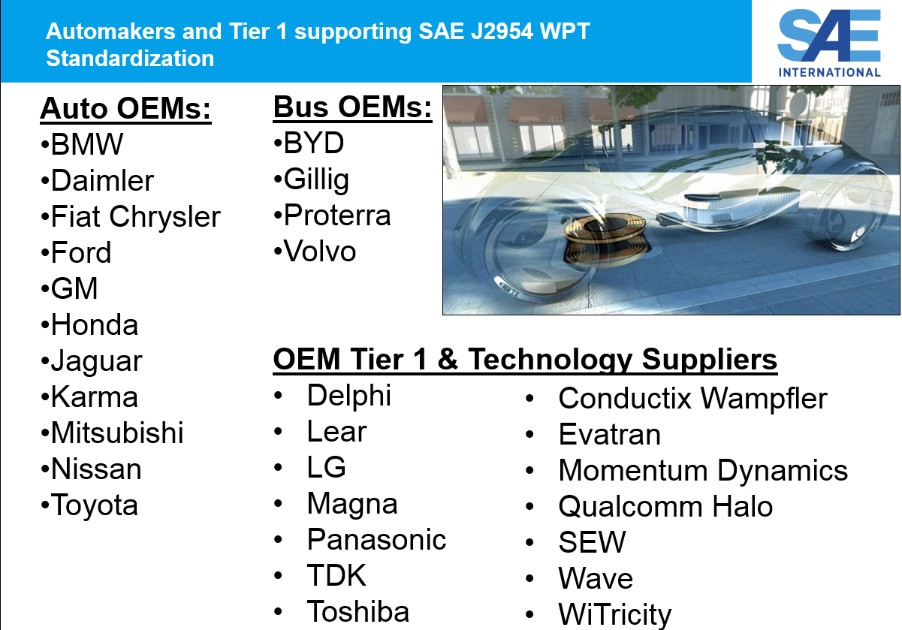
Figure 1
Wireless charging is starting to become mainstream for consumer electronic devices in low power applications. This technology has also the potential to transfer high power in the kilowatt range to enable charging of electric and plug-in electric vehicles. In order to achieve this commercially, standardization is needed.
Wireless power transfer using inductive charging enables electrified vehicles to be seamlessly and automatically charged without operator interaction. Essentially, the two coils from the vehicle and ground need to be aligned to a minimum degree (by parking properly in a spot) to transfer energy through inductance. The customer can charge the vehicle by simply parking an electric vehicle in a SAE J2954 WPT parking space. No additional action is required of the customer to charge as everything is automated. This could be very attractive to electric vehicle (EV/PHEV–plug-in hybrid electric vehicle) customers, by offering charging along with high efficiencies similar to conductive charging (above 85%).
As an analogy to conductive charging (e.g. SAE J1772), wireless charging can be interoperable and charge using the SAE J2954 specified common specific frequency band, coil guideline and topology with a high coupling factor. The components needed to make this happen wirelessly from the vehicle to the ground assemblies are shown in Fig. 2.
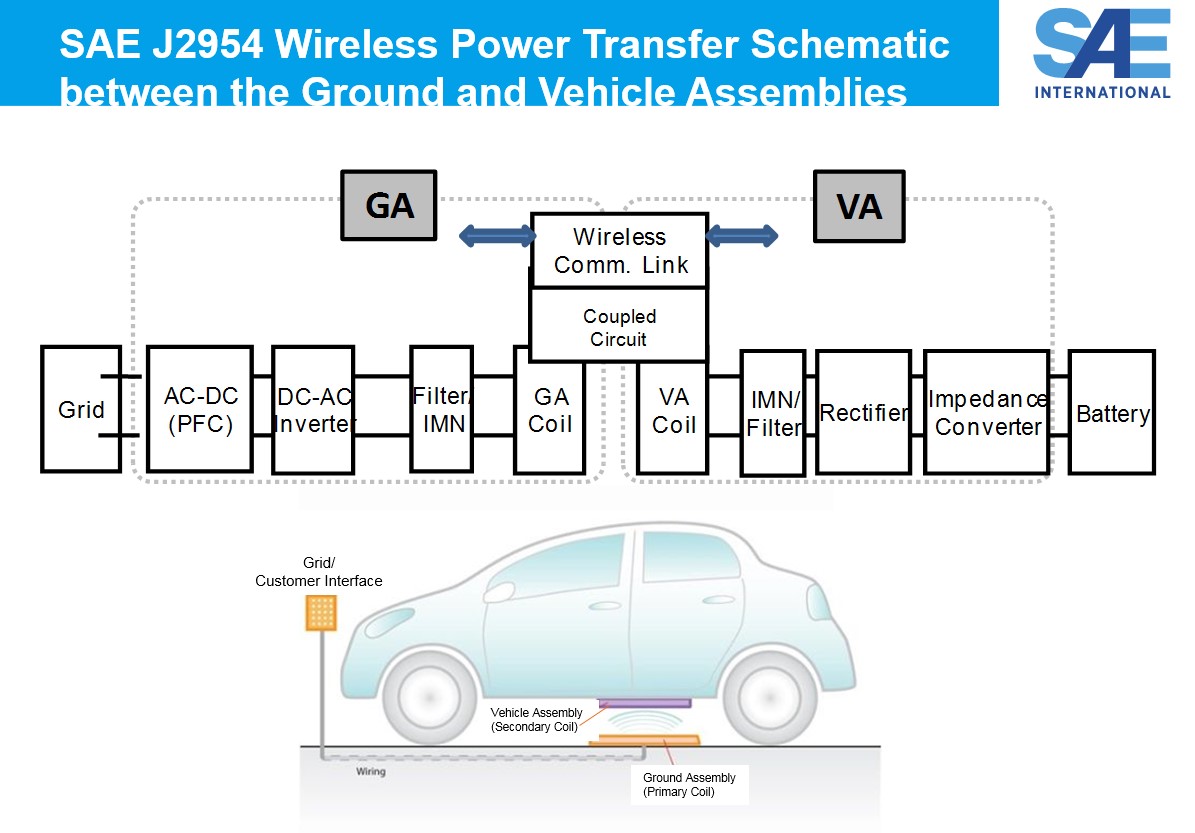
Figure 2
The TIR J2954 guideline establishes guidance for the inductive coils, electromagnetic limits, and interoperability for the testing and demonstration phase of the technology. This entails specifying a common frequency of operation at the 85 kHz band (81.39 kHz–90 kHz) for interoperability. In addition, there are power levels in four classes up to 3.7 kW (WPT 1), 7.7 kW (WPT 2), 11 kW (WPT 3), and 22 kW (WPT 4).
In order to harmonize electromagnetic field (EMF) limits, the latest international levels for electric and magnetic fields limits from ICNIRP (International Commission on Non-Ionizing Radiation Protection) were utilized. The American Association of Medical Instrumentation (AAMI) has also been consulted regarding EMF compatibility related to medical devices such as pacemakers. The EMF limits published in TIR J2954 have been harmonized by combining the AAMI limits with ICNIRP values.
One of the key components of standardization is the inductive coil geometry and topology specification for both the vehicle assembly (VA), mounted under the vehicle pan, and the ground assembly. The inductive vehicle/ground coil set enables a performance-based interoperability and reference point for charging that is automated for the customer.
The SAE J2954 task force found consensus to develop a common coil geometry specification and circuit specification for both the vehicle and ground assembly coil set to ensure interoperability of wireless charging. The team has already established a close to commercial master vehicle/ground assembly coil set for the WPT 1 (3.7 kW) power class as a baseline for both the OEMs and infrastructure providers. For the WPT 2 (7.7 kW) power class, the SAE J2954 team has created two reference coil options for the testing phase of the SAE J2954 guideline.
The SAE J2954 team developed a testing protocol for safety and performance of wireless charging using a standardized test stand for bench and full vehicle testing (Fig. 2). The SAE J2954 testing procedure confirms the system electromagnetic field limits, power transfer performance, and safety levels (such as ICNIRP magnetic field levels and temperature limits).
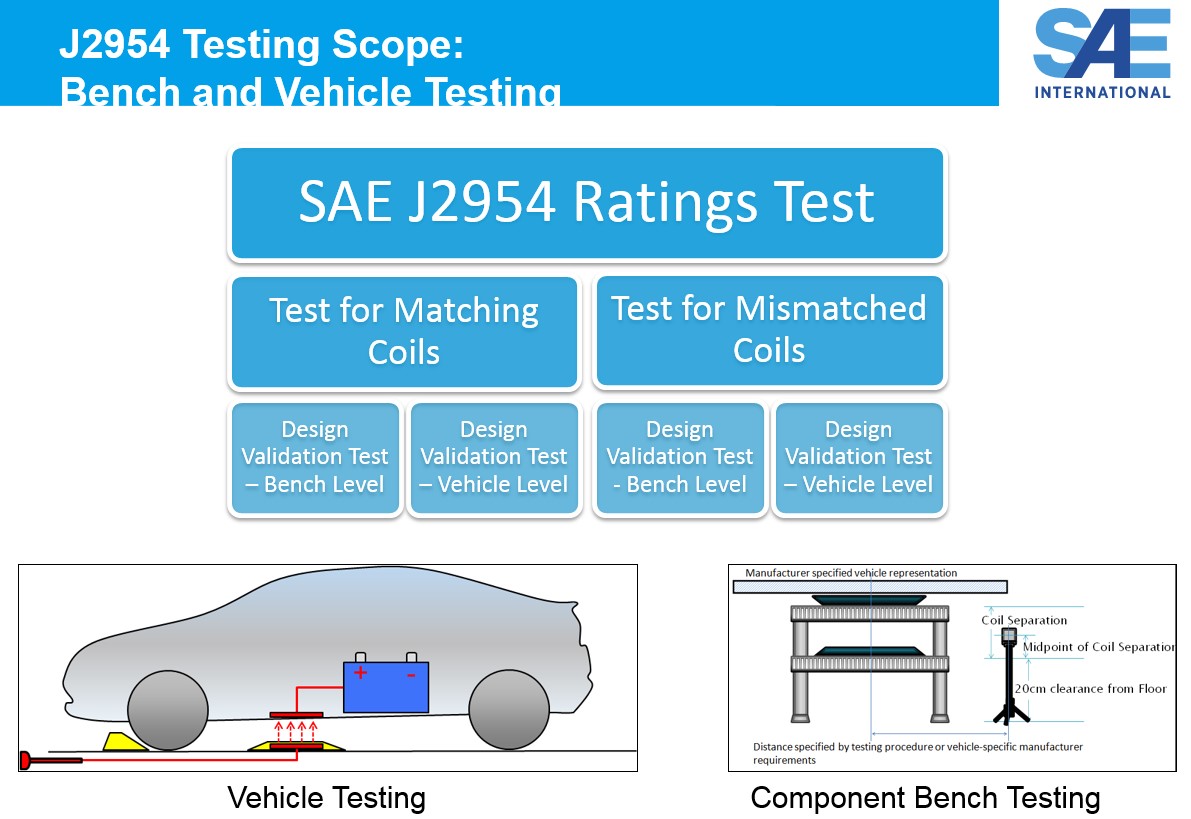
Figure 3
The SAE Wireless Power Transfer task force is working very closely with the U.S. Department of Energy (DOE) in relation to testing of both the bench and vehicle systems (Fig. 3). The US DOE has assigned a number of its laboratories (Idaho National Lab, Argonne National Lab, etc.) to assist in the data validation projects to test industry equipment.
In addition, the SAE J2954 team is in close contact with the U.S. Federal Communications Commission (FCC) in regard to frequency and EMC levels, as well as the international task force CISPR (International Special Committee on Radio Interference) group. The Draft ANSI C63.30 team, which is being led by the FCC, is also aligned with the SAE team, which references the charging coils from J2954. Draft ANSI C63.30 is the American national standard of EMC procedures for compliance testing of wireless power transfer products.
For the next standardization phase, planned in 2017, there will be a SAE J2954 WPT recommended practice, which will include a refined definition of the master and reference coils.
In order to support the impending wireless charging vehicle and infrastructures roll out worldwide (slated for 2020), SAE J2954 will be finalized as a standard in 2018 using the results of both the bench testing and actual vehicle field testing.
Jesse Schneider
jesse.schneider@bmw.de
Jesse Schneider’s work has led to a number of firsts to further electric and fuel cell vehicles such as establishing the emergency response guide, fueling validation, and numerous standards. For over 20 years, he worked in both the U.S. and Germany in automotive management ranging from conventional series development to electric and fuel cell electric vehicles.
At BMW North America, he is the manager of fuel cell, electric vehicle development. He relocated from the Munich office of BMW, where he was the first program manager of the hydrogen storage system, as well as requirements management.
Mr. Schneider established the SAE wireless power transfer standardization for the PHEVs team in 2010 and continues to chair the task force.

